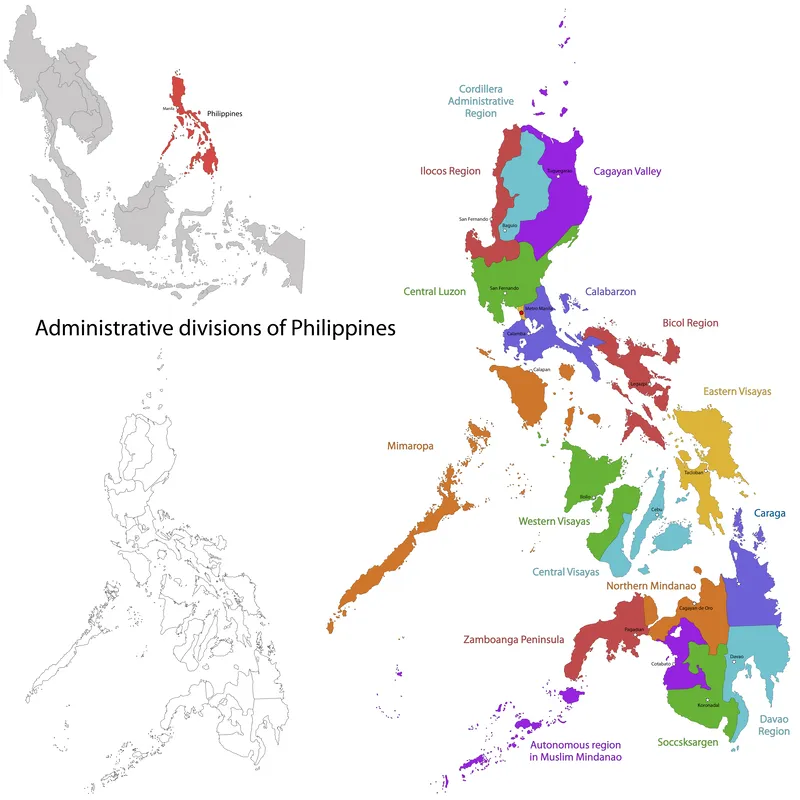Vietnam's Bien Hoa-Vung Tau expressway project will now be handled in two separate stages.
February 24, 2012
Read time: 1 min
Vietnam's Bien Hoa-Vung Tau expressway project will now be handled in two separate stages. The Ministry of Transport (MoT) opted to divide the highway deal into two independent sub-projects. One phase will be for a 30km stretch connecting Vung Tau city and Phu My. The other stretch will connect Phu My and National Highway 51 with an 8km expressway and Bien Hoa and Phu My with a 39km expressway. In all, the project requires US$775 million in funding. Some of the financing is being provided by the 2416 Japan International Cooperation Agency (JICA).







